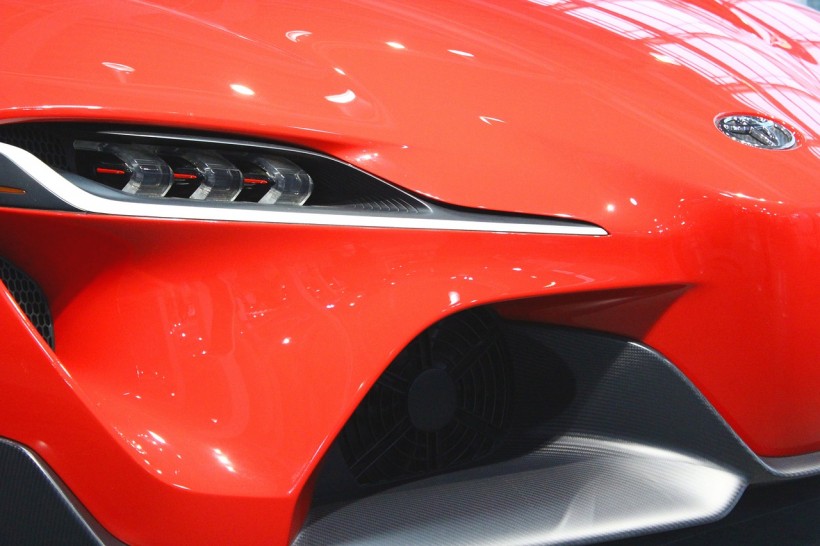The six-wheeled Baby Lunar Cruiser that Toyota is working on is developed to land on the lunar surface by 2029.
Toyota's Baby Lunar Cruiser
At present, the Baby Lunar Cruiser remains a concept. However, it provides a vision of how the future could be.
The Baby Lunar Cruiser serves as a remarkable upgrade from the moon buggies that were famous in the 70s.
While the Baby Lunar Cruiser may look similar to other cars on Earth, it will be offering a panoramic view, an AR-powered dashboard, and some camera and sensor arrays that could detect rough areas and possible lunar potholes that are as big as a crater. Its tires will be airless as it would be difficult and unfortunate for them to get punctures.
The Baby Lunar Cruiser will also have Toyota blazones over its rear and grille. It will be booted with in-wheel electric motors and will even have joysticks for its function. Toyota' fuel cell technology is set to power the vehicle.
Its design is primarily inspired by the original FJ40 Land Cruiser of Toyota and the real Lunar Cruiser that is in the works by a Japanese carmaker as well as the JAXA (Japanese Aerospace Exploration Agency).
Toyota's Baby Lunar Cruiser will be able to travel up to 10,000 kilometers across the surface of the Moon. It will be capable of holding two people for a full two weeks, allowing these individuals to work and live inside the vehicle as they travel across the surface of the Moon.
It will also be having a split tailgate configuration by its rear. Some adjustable spaceframe seats and panels will be added in order to make the interior of the vehicle flexible. It will even have a foldable rear seat.
CALTY Design Research, the American outpost of the global design network of Toyota, is behind the concept of the Baby Land Cruiser.
ALSO READ: Artemis III Mission To Be First To Target Moon's South Pole
Bringing Humans to the Moon
Bringing humans to the Moon is something that many countries are working towards. For one, NASA's Artemis III, which is scheduled for 2025, is set to bring the first person of color and the first woman to the lunar surface.
This mission will mark the first return of humanity to the Moon in over 50 years. What will make it even more historically significant is that these humans will be sent to an area close to the South Pole of the Moon.
The crew will be sent to and from the Moon aboard NASA's Orion spacecraft. It is the only craft that has the capacity to return a space crew to Earth at the velocities of lunar reentry.
RELATED ARTICLE: First Woman on the Moon: NASA Presents List of Female Astronauts for Its Artemis Mission
Check out more news and information on Space in Science Times.















